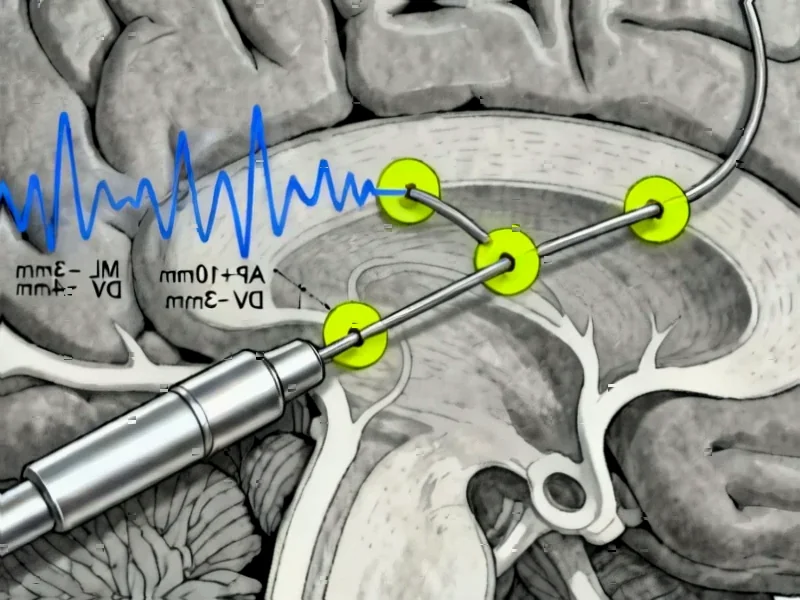According to CNET, Google last week launched AI image verification within its Gemini app that can detect whether images were generated by Google’s own AI tools using SynthID digital watermarks. The feature works quickly and accurately on Google-generated content, even identifying fakes in screenshots, but completely fails to reliably detect images from any other AI image generators like Nano Banana Pro, Google’s latest model that makes spotting fakes even harder. When tested across different chatbots including Gemini, ChatGPT, and Claude, the results were inconsistent at best – with some models correctly identifying AI images while others confidently declared them real photographs. The detection basically works like human visual inspection, looking for typical AI artifacts rather than using any sophisticated technical analysis.
The reality check problem
Here’s the thing: Google‘s SynthID verification is actually pretty solid technology. When an image has that digital watermark, Gemini can instantly tell you it’s AI-generated. But how often do you encounter images that conveniently come with Google’s stamp of authenticity? Basically never. The vast majority of AI images circulating online come from Midjourney, DALL-E, Stable Diffusion, and countless other generators that don’t use Google’s watermarking system.
And when you ask chatbots to evaluate those unwatermarked images? It’s a complete mess. CNET’s testing showed Gemini’s own different models couldn’t even agree – one version said an image was obviously AI, while another declared it a real photograph. ChatGPT gave completely different answers on different days. Claude thought everything looked real. So we’re basically back to square one: squinting at images looking for weird hands, nonsensical text, or lighting that doesn’t quite make sense.
Why this matters now
Look, the timing here is pretty concerning. Google just released Nano Banana Pro, which makes even more convincing fake images, while giving us a detection tool that only works on a tiny fraction of AI content. It’s like building a better lock for your front door while leaving all the windows wide open.
The scary part? Those visual tells we rely on – the weird fingers, the garbled text – are disappearing fast. AI image quality is improving at an insane pace. What worked as a detection method six months ago is completely useless today. So relying on chatbots to spot fakes based on visual analysis feels like bringing a knife to a gun fight.
What actually needs to happen
We need something universal. The C2PA coalition is working on exactly this – a standardized way to watermark all AI-generated content regardless of which company created it. But until every major AI player gets on board and implements it consistently, we’re stuck with this patchwork of unreliable detection methods.
Think about it: if you see a suspicious image online, you should be able to drop it into Google Search or any major platform and get a definitive answer. Not “maybe,” not “it looks real to me,” but a clear yes or no. The technology exists – Google proves it works with their own images. They just need to expand it industry-wide.
AI companies created this problem, and they have a responsibility to fix it. We shouldn’t need to become digital forensics experts just to navigate our social media feeds. The solution needs to be built into the tools we use every day, and it needs to work reliably across all AI platforms. Otherwise, we’re all just guessing.




